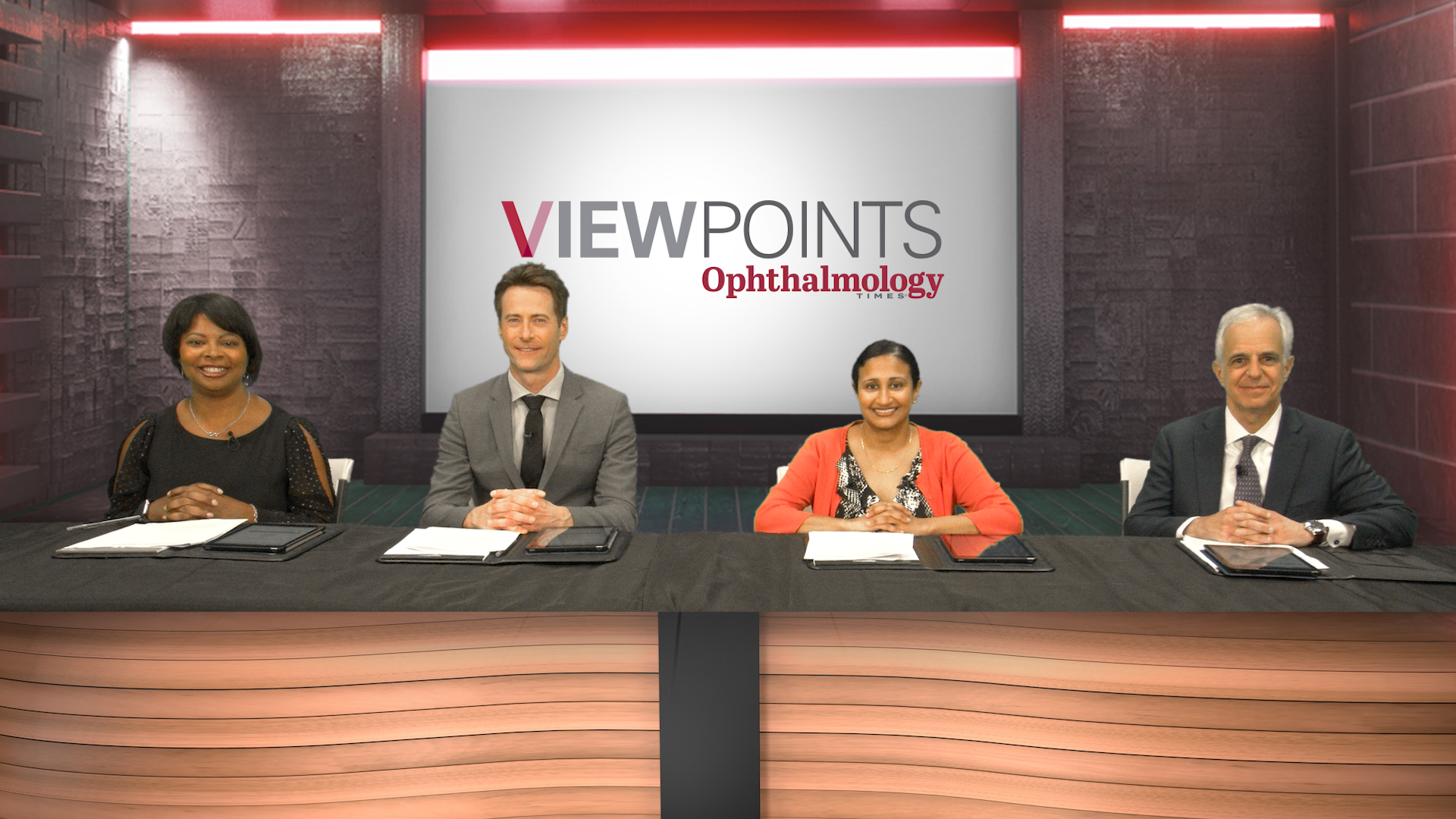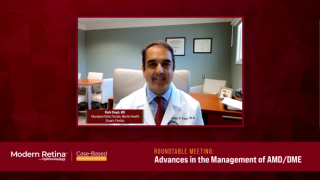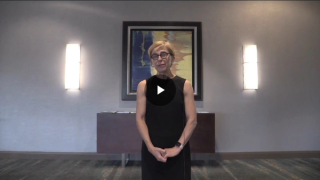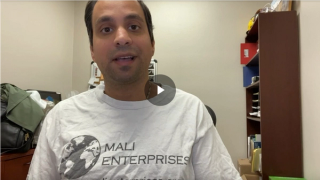
Diabetic Macular Edema
Latest News

Latest Videos

CME Content
More News
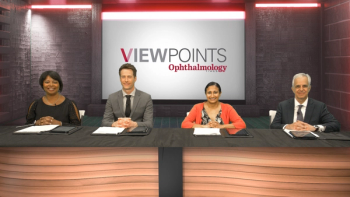
Drs Nathan Steinle, Adrienne Scott, Carl Regillo, and Prethy Rao share their approaches to dosing recommendations for faricimab in the treatment of neovascular AMD.

Results of the study, published in the Journal of Clinical Investigation, showed evidence that an experimental drug called 32-134D may prevent or slow vision loss in people with diabetes.

Oxurion NV has reached its enrollment target of 108 patients in its KALAHARI Phase 2, Part B clinical trial for diabetic macular edema (DME) and will likely continue to include additional participants in the trial due to high interest.

Alimera Sciences, Inc. has completed enrollment for its NEW DAY clinical trial (NCT04469595). Participants are patients diagnosed with diabetic macular edema (DME).
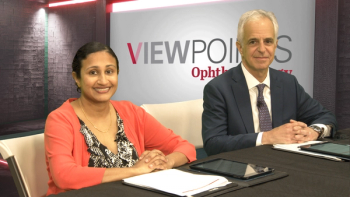
Expert retina specialists review the safety profile of faricimab compared with other anti-VEGF therapies in AMD.

Adrienne Scott, MD; Carl Regillo, MD, FACS, FASRS; and Prethy Rao, MD, MPH, discuss patient selection for faricimab in neovascular AMD, as well as approaches to switching to faricimab after a poor response to other treatment.

Allgenesis announces preliminary data for its on-going trial and anticipates the release of the final topline data in 4Q23.

DIAMOND is a Phase 3, two-stage, double-masked, randomized, multi-center trial to assess the efficacy and safety of OCS-01 eye drops in DME patients. The primary objective of Stage 1 was to select the optimal dosing regimen.

Expert retina specialists discuss the use of faricimab and dosing for the treatment of neovascular age-related macular degeneration in the clinical practice setting.

Drs Nathan Steinle, Adrienne Scott, and Carl Regillo comment on the phase 3 trial outcomes of faricimab in neovascular AMD.

Retina experts discuss treatment of wet AMD, focusing on frequency of treatment and treatment breaks, and fluid tolerance.

Adrienne Scott, MD; Carl Regillo, MD, FACS, FASRS; and Prethy Rao, MD, MPH, provide an overview of the effect of anti-VEGF treatment in neovascular age-related macular degeneration and diabetic macular edema.

D-4517.2 is a novel precision nanomedicine that inhibits neovascularization by targeting activated microglia and hypertrophic retinal pigment cells, cells responsible for the increased vascularization associated with neovascular age-related macular degeneration (wet AMD) and diabetic macular edema (DME).

Genentech announced post-hoc data indicating treatment with faricimab-svoa (Vabysmo) led to greater and faster drying of retinal fluid with fewer injections for the treatments of wet AMD and DME, when compared to aflibercept.

A single injection of UBX1325 led to a statistically significant and clinically meaningful improvement in Best Corrected Visual Acuity (BCVA) of +6.2 ETDRS letters from baseline at 48 weeks.

According to the companies,Horus will increase Iluvien’s commercial presence with Nordic retinal specialists.

The sharing of data between ophthalmologists and optometrists ultimately can lead to earlier diagnosis and better results for patients.
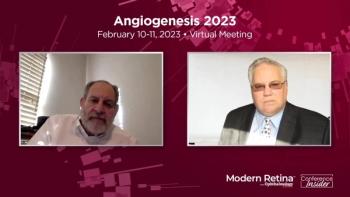
David S. Boyer, MD, presented data from the PHOTON study examining the safety and efficacy of high-dose aflibercept for treatment of diabetic macular edema at the 2023 Angiogenesis, Exudation, and Degeneration conference.

Voraporn Chaikitmongkol, MD, discussed step therapy and reported the results of a major study, the Diabetic Retinopathy Clinical Research (DRCR) Protocol AC, at the 38th Asia-Pacific Academy of Ophthalmology Congress, in Kuala Lumpur, Malaysia.
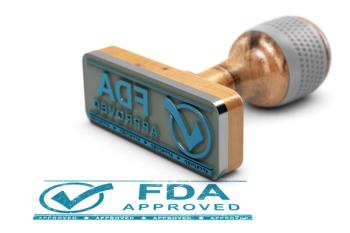
The Phase 2 SPECTRA clinical trial will assess 4D-150 in patients with DME.

According to researchers, factors that were associated with all type of visual impairment included older age, lower education level, and lower income were associated with all types of visual impairment.

According to the company, RZ402 is an oral therapy being developed as a potential alternative to invasive and suboptimal injections into the eye.

As we approach the end of 2022, members of the Ophthalmology Times Europe® Editorial Advisory Board were asked to predict developments in their ophthalmic specialties and interests. A focus is our ageing population, while efficiency and productivity are also on their minds. The board members agree that one of the major challenges in the year to come will be the large number of patients awaiting diagnosis and treatment, which is only going to increase with the rising average life expectancy worldwide.

According to physician, this therapeutic may prove to be a treatment option for these diseases.
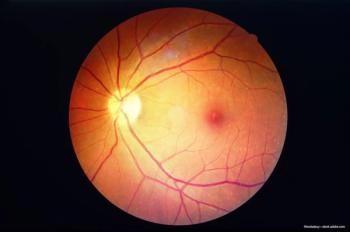
An end-of-week review of retina news and stories from October 29-November 3, 2022.



